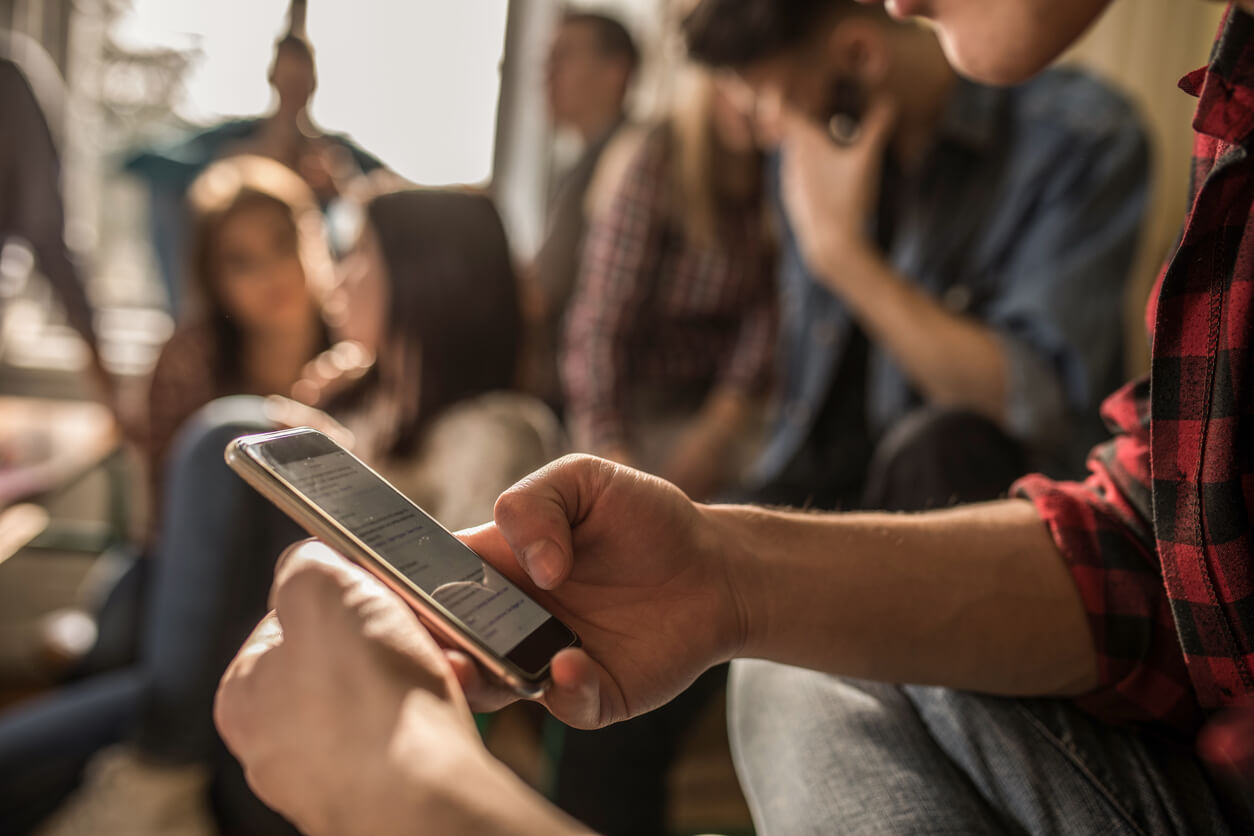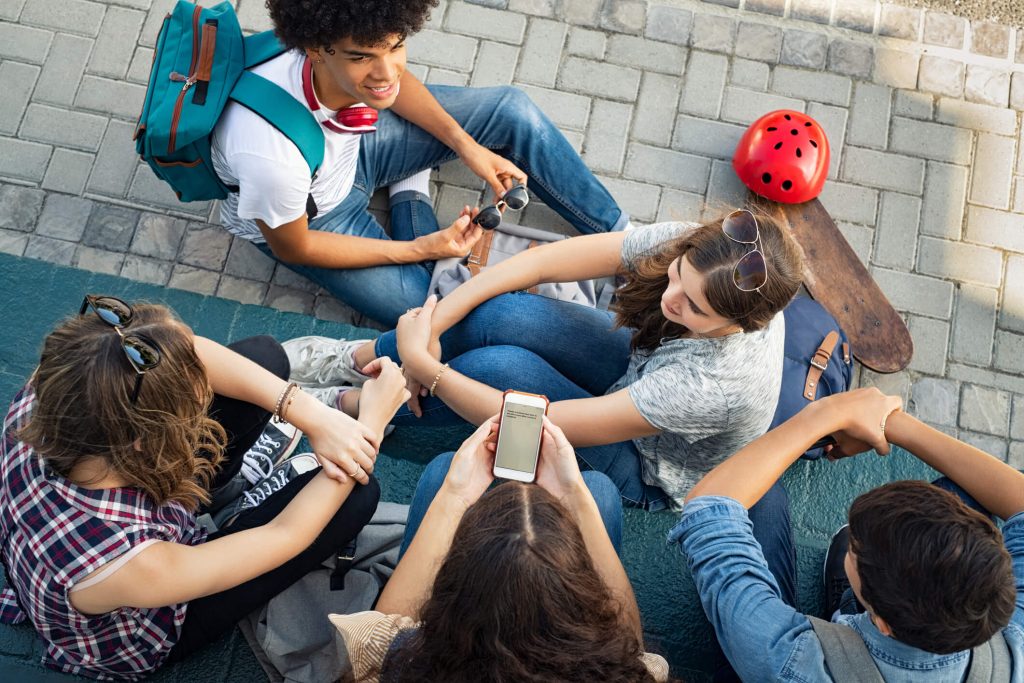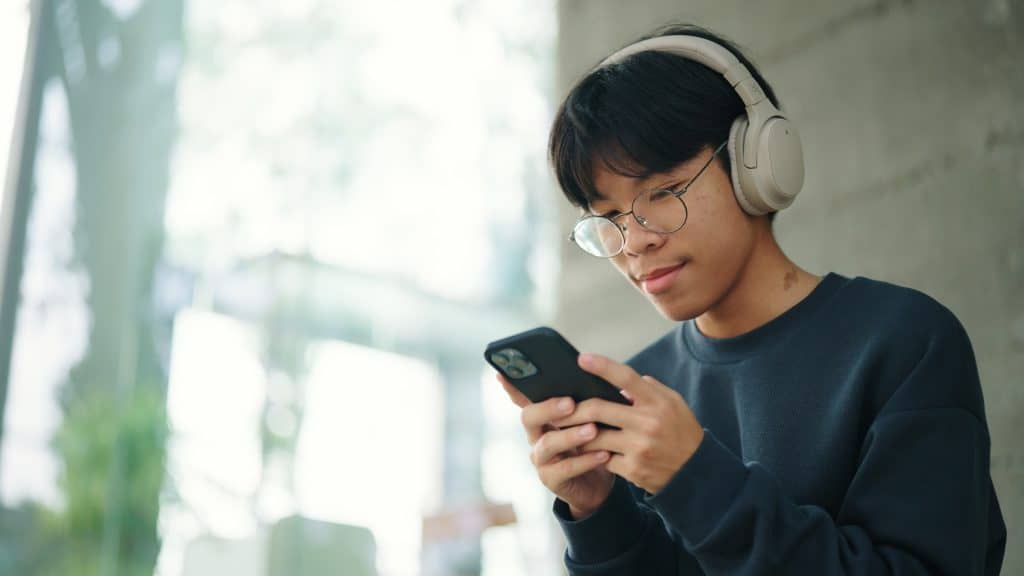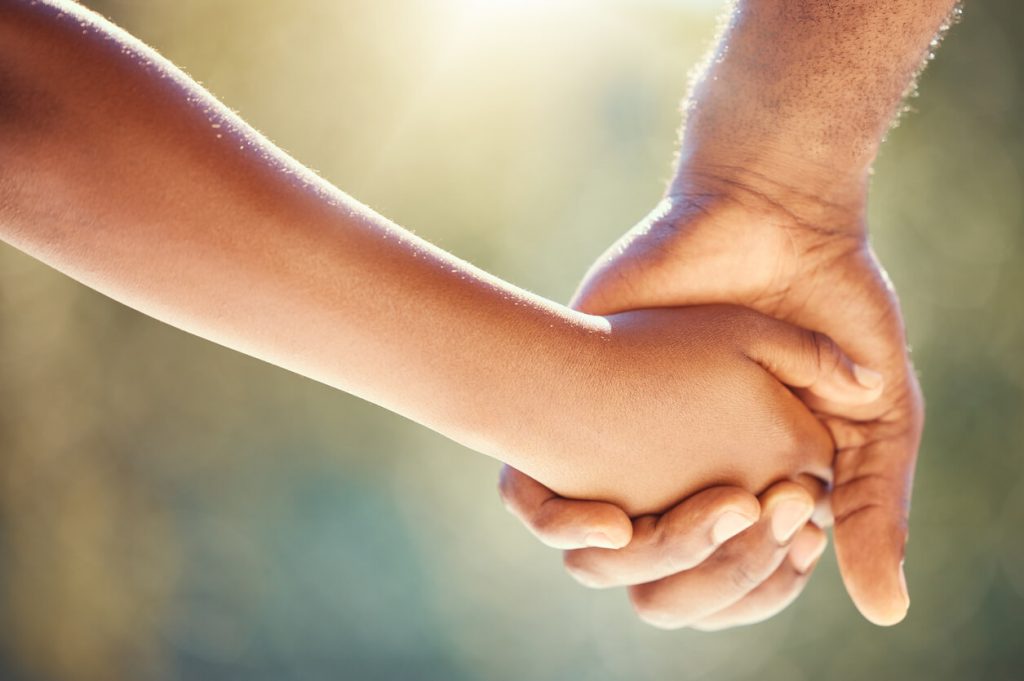Sadly, most high school students will encounter porn before they graduate. While passing around sexy pictures in school is nothing new, the ubiquity of today’s porn—and its intensely graphic nature—is unique.
If you pay attention to the news, you may have seen stories of teachers coming under scrutiny for their pornography use or exposing their students to porn. This shocks us, and rightly so; it’s criminal for a trusted adult to exploit the sexuality of vulnerable youth. Thankfully, this happens rarely. The teachers that I speak with care deeply about their students and are actively looking for ways to protect them from harmful content.
Nonetheless, concerned parents and teachers often find themselves at a loss when it comes to dealing with pornography in schools. We spoke with Sam, a high school student who described porn in his school as “normal”:
The first time Sam saw porn at school was in the middle of class. They had a substitute teacher that day, and someone started passing around their phone with porn on it. Students laughed as they saw the picture, as if it were funny to look at porn in the middle of the school day. Sam remembers a bunch of guys teasing a peer because someone walked in on this person watching porn. They even went as far as to capture it on Snapchat and send it to other friends. Humiliating to the porn-viewer, but hilarious to his friends.
A new report from Common Sense Media1 reveals just how “normal” pornography has become in high schools across America. Let’s look at 6 reasons porn in high school is a serious problem.
1. Most students see porn before high school.
A decade and a half ago, a survey of college students revealed that most of them had encountered porn before age 18, at some point during junior high or high school. However, the same survey found that exposure to porn before age 13 was relatively rare.2
With the proliferation of internet-connected devices, the average age of first exposure to pornography has dropped drastically. Common Sense Media found the average age to be 12. Other research indicates the average child is under 10 years old when they first see porn.
At any rate, most teens now enter high school with prior exposure to porn. For the few students who haven’t seen porn yet, most of these will very quickly This is problematic, because the earlier in life someone encounters porn, the more likely they are to struggle with addiction later on. As John Fort writes in The Common Reality of Early Exposure:
“The sad reality for nearly every adult who struggles with porn is that their compulsive porn use started in childhood. In the more than two decades I that have been working with hundreds of men and women trying to overcome pornography addiction, I have met only one who did not first start using pornography as a child.”
See 10 Shocking Stats About Teens and Porn.
2. High school students may experience unwanted porn exposure.
If most students enter high school already having seen porn, what about the few who haven’t? One shocking statistic from the Common Sense Media report is the number of high schoolers who unintentionally view porn or are exposed to pornography without their consent. While 44% of high schoolers admitted intentionally seeking out porn, 58% said they had accidentally seen porn. The study acknowledged that some of the students may have been reticent to admit they’d intentionally sought out porn. Nonetheless, it seems clear from this data that many students see pornography without looking for it.
And this happens frequently. Of the 58% who reported accidental exposure, 63% said they had seen pornography within the past week. This is why it’s unlikely for today’s students to graduate high school without encountering porn. Seeing pornography is a routine part of high school. Over one-third of students who don’t look for it are being exposed every week.
3. Porn is a regular part of high school.
Sam’s story of seeing porn in his high school class is now a common experience. Approximately 40% of students who saw porn, either intentionally or unintentionally (and 30% of students overall surveyed) saw it during regular school hours.
This means that teachers and administrators have been unable to suppress pornography use in school. Even more disheartening, this porn exposure is happening on school-issued devices. Thirteen percent of students who saw pornography did so on devices they received from the school. Disturbingly, this happens even more frequently with pre-high school-age children. Common Sense Media found that 13-14-year old teens were most likely to view pornography on school-issued devices.
See 5 Tech Questions to Ask Every School Principle
4. High schoolers imitate their pornography.
Forty-five percent of students said that pornography gives helpful information about sex, even though only 27% believed that pornographic portrayals of sex are accurate. This corroborates what other studies have found—that watching porn influences sexual behaviors. A 2012 meta-analysis reported, “There is agreement in the literature suggesting that adolescents can learn sexual behaviors from observing the behaviors depicted in sexually explicit material.”3
So what kinds of things are high school students learning from porn? We have discussed the link between porn and sexual violence at length. Suffice it to say, today’s mainstream pornography is increasingly violent and misogynistic. Common Sense Media reports that over half of the students they surveyed had observed sexual violence in pornography, including depictions of rape and people in pain. And a huge body of evidence suggests that this violent sex education is shaping sexual beliefs and behaviors.
Another behavior influenced by porn is sexting. Sam told us, “I know of a Snapchat group chat of guys who post only nudes they’ve received from girls. That’s led to a ton of problems. Girls get so upset when they find out a guy has sent her nudes to other guys.” This too has become an ordinary part of students’ experiences. A 2018 meta-analysis of data surveying more than 100,000 youth found that nearly 15% had sent a sexual text message, and over 27% had received one.4
5. Pornography affects high schoolers’ mental health.
A growing body of research indicates that pornography contributes to mental health problems among high school students. This is particularly the case where personal images are shared without consent.5
A heartbreaking example of this is Serena, who recently testified in an important lawsuit against a major porn company. A boyfriend pressured her into sharing a sexual video of herself, and Serena finally relented. The boyfriend then uploaded that video to a website where it was viewed thousands of times. Humiliated and unable to escape her unwanted notoriety, Serena was driven into despair and drug addiction.
However, mental health problems can also arise simply from viewing pornography, especially when porn use feels out of control. In one study, lifetime porn users reported higher levels of anxiety and mental health problems than the general population.6
6. Private and home schoolers face the same dangers.
Many parents recognize the pornification of public high schools and pursue alternative modes of education, whether homeschooling or private schools. But porn recovery expert John Fort warns these parents not to be lulled into a false sense of security:
“The danger occurs when we are lulled into thinking our children will not be exposed to sexual misinformation and pornography just because we don’t send them to public school. The danger lies in our faulty assumption that home or private schooling a child eliminates the need to have ongoing discussions and accountability in the area of sexuality.”
The Common Sense Media report found that students who attend private schools—including Christian schools—were almost twice as likely to encounter porn during the school day as students at public schools. Home-schooled students were 1% more likely to see porn during school hours.
So then, regardless of the educational choices that parents make, they must recognize the reality of porn exposure in today’s world. Furthermore, even if parents do manage to shield their children from exposure, they will nonetheless face a world rampant with pornography.
Can we help high school students overcome porn?
In a 2016 study, the Barna Group found that utilizing only filters or parental controls to block pornography may exacerbate porn use. There are too many options for today’s high school students to find pornography. Concerned parents and teachers need to take a different approach.
The Common Sense Media report found that of topics related to sex education, “pornography was the topic that teens were the least likely to have reported discussing with a trusted adult.” This is tragic because 71% of those who did discuss pornography with a trusted adult felt like there were better resources than pornography to learn about sex. There’s no substitute for taking a proactive approach and engaging in frequent conversations with your children about pornography and the temptations of our culture.
Cheryl is part of the Covenant Eyes development team, and she uses the Covenant Eyes software to facilitate regular discussions with her teenagers. Cheryl told me, “The kids are like, ‘Mom it’s just not normal to talk about porn at the dinner table,’ and I’m like, ‘It’s good for us!’” She’s right. While perhaps not “normal,” these conversations equip their family to take a stand against porn in their personal lives, and to help other friends who are tempted as well. Cheryl said, “We were having dinner with one of [my son’s] friends, and because he knows this is a set of conversations we have in this house, he started talking about struggles with pornography.”
LEARN MORE PORN STATISTICS1Michael B. Robb & Supreet Mann, Teens and pornography, (San Francisco, CA: Common Sense, 2023).
2Chiara Sabina, Janis Wolak, & David Finkelhor, “The Nature and Dynamics of Internet Pornography Exposure for Youth.” Cyber Psychology & Behavior, (2008): 691-693. http://doi.org/10.1089/cpb.2007.0179
3Eric Owens, Richard Behun, Jill Manning, & Rory Reid, “The Impact of Internet Pornography on Adolescents: A Review of the Research” Sexual Addiction & Compulsivity 19 (2012): 99-122. 10.1080/10720162.2012.660431.
4Sheri Madigan, Anh Ly, Christina Rash, Joris Van Ouytsel & Jeff Temple, “Prevalence of Multiple Forms of Sexting Behavior Among Youth: A Systematic Review and Meta-analysis,” JAMA Pediatrics 172 (2018):327–335. doi:10.1001/jamapediatrics.2017.5314
5Aina Gassó, Bianca Klettke, José Agustina, & Irene Montiel, “Sexting, Mental Health, and Victimization Among Adolescents: A Literature Review” International Journal of Environmental Research and Public Health 16 (2019): 2364. https://doi.org/10.3390/ijerph16132364
6Christina Camilleri, Justin T. Perry & Stephen Sammut, “Compulsive Internet Pornography Use and Mental Health: A Cross-Sectional Study in a Sample of University Students in the United States,” Frontiers in psychology 11 (2021). https://doi.org/10.3389/fpsyg.2020.613244








0 comments.